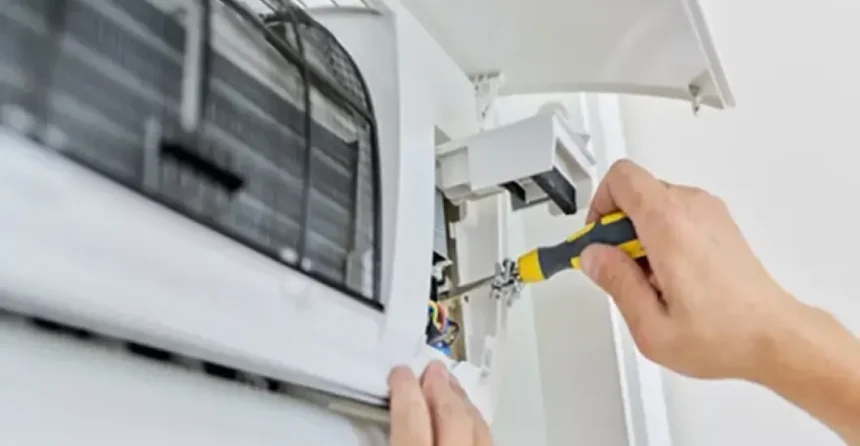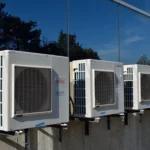Air conditioning is a modern marvel that keeps us comfortable during scorching summers. However, along with the convenience it provides comes a cost. Understanding the factors that influence air conditioning costs can help you make informed decisions about your cooling system usage and expenses.
1. Type and Size of the Air Conditioner
The type and size of the air conditioner significantly affect its operating costs. Central air conditioning systems tend to be more expensive to install and maintain compared to room air conditioners. Similarly, larger units consume more electricity than smaller ones because they need more power to cool larger spaces.
2. Energy Efficiency
The energy efficiency of an air conditioner is indicated by its SEER (Seasonal Energy Efficiency Ratio) rating. Higher SEER-rated units are more energy-efficient, leading to lower operating costs over time. Investing in an energy-efficient air conditioner may require a higher upfront cost but can result in substantial savings on your energy bills in the long run.
3. Climate and Usage Patterns
The climate of your region plays a significant role in determining air conditioning costs. Hotter climates require more cooling, leading to increased usage and higher electricity bills. Additionally, your usage patterns, such as how often and for how long you run your air conditioner, can impact your overall cooling costs.
4. Insulation and Home Design
The insulation levels in your home and its design influence how efficiently your air conditioner operates. Well-insulated homes retain cool air better, reducing the workload on the AC unit and lowering energy consumption. Properly designed homes with adequate ventilation also contribute to more efficient cooling, thereby reducing costs.
5. Maintenance and Repairs
Regular maintenance is crucial for optimal air conditioner performance and cost-effectiveness. Dirty filters, clogged ducts, or malfunctioning components can cause the system to work harder, leading to increased energy consumption and higher bills. Prompt repairs and preventive maintenance can help avoid costly breakdowns and ensure efficient operation.
6. Electricity Rates
Electricity rates vary depending on your location and provider. Higher electricity rates translate to increased air conditioning costs. Monitoring and understanding your electricity rates can help you manage your cooling expenses more effectively.
7. Age and Condition of the System
Older air conditioning systems are generally less energy-efficient than newer models. As systems age, they may require more frequent repairs and maintenance, adding to overall operating costs. Upgrading to a newer, more efficient unit can lead to substantial savings in the long term.
8. Use of Programmable Thermostats
Using programmable thermostats allows you to control when and how your air conditioner operates. Setting higher temperatures when you’re away or asleep and lowering them when you’re home and active can help reduce cooling costs by optimizing energy usage based on your schedule.
9. Air Quality Considerations
Factors such as indoor air quality, humidity levels, and the presence of pollutants can affect air conditioner performance and energy consumption. Investing in air quality solutions like air purifiers and dehumidifiers can improve system efficiency and potentially lower cooling costs.
10. Government Incentives and Rebates
In some regions, governments offer incentives and rebates for installing energy-efficient air conditioning systems. Taking advantage of these programs can offset initial costs and lead to long-term savings on cooling expenses.
Conclusion
While air conditioning is essential for comfort, it’s important to be mindful of the factors that influence its costs. Choosing an energy-efficient system, maintaining it regularly, optimizing usage patterns, and considering factors like insulation and climate can all contribute to lower air conditioning expenses. By staying informed and making smart choices, you can enjoy a comfortable indoor environment without breaking the bank.


